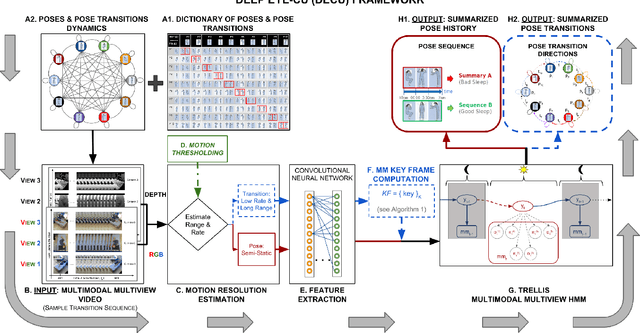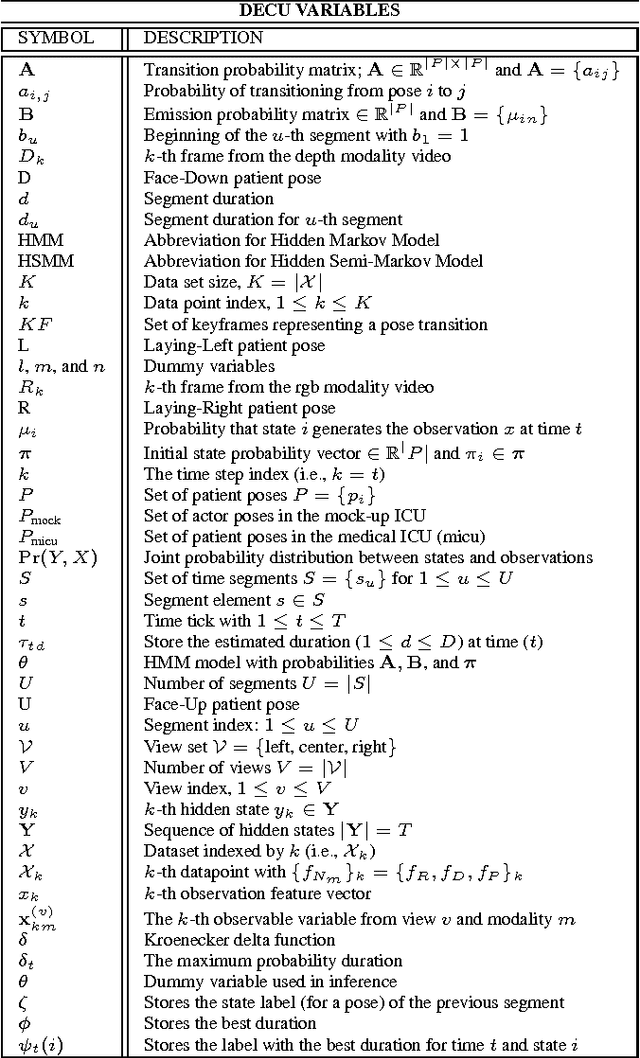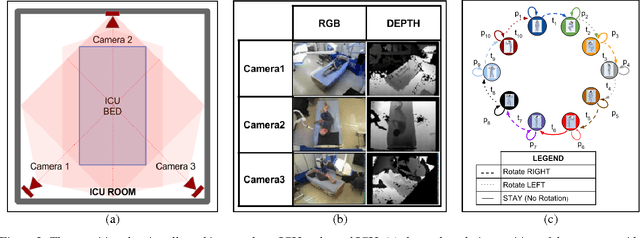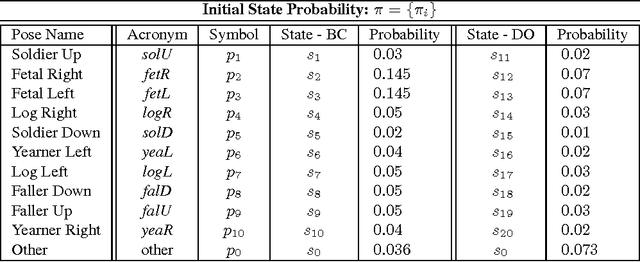Kenneth Rose
Asymptotically Optimal Stochastic Lossy Coding of Markov Sources
Nov 08, 2022

Abstract:An effective 'on-the-fly' mechanism for stochastic lossy coding of Markov sources using string matching techniques is proposed in this paper. Earlier work has shown that the rate-distortion bound can be asymptotically achieved by a 'natural type selection' (NTS) mechanism which iteratively encodes asymptotically long source strings (from an unknown source distribution P) and regenerates the codebook according to a maximum likelihood distribution framework, after observing a set of K codewords to 'd-match' (i.e., satisfy the distortion constraint for) a respective set of K source words. This result was later generalized for sources with memory under the assumption that the source words must contain a sequence of asymptotic-length vectors (or super-symbols) over the source super-alphabet, i.e., the source is considered a vector source. However, the earlier result suffers from a significant practical flaw, more specifically, it requires expanding the super-symbols (and correspondingly the super-alphabet) lengths to infinity in order to achieve the rate-distortion bound, even for finite memory sources, e.g., Markov sources. This implies that the complexity of the NTS iteration will explode beyond any practical capabilities, thus compromising the promise of the NTS algorithm in practical scenarios for sources with memory. This work describes a considerably more efficient and tractable mechanism to achieve asymptotically optimal performance given a prescribed memory constraint, within a practical framework tailored to Markov sources. More specifically, the algorithm finds asymptotically the optimal codebook reproduction distribution, within a constrained set of distributions having Markov property with a prescribed order, that achieves the minimum per letter coding rate while maintaining a specified distortion level.
Summarization of ICU Patient Motion from Multimodal Multiview Videos
Jun 28, 2017



Abstract:Clinical observations indicate that during critical care at the hospitals, patients sleep positioning and motion affect recovery. Unfortunately, there is no formal medical protocol to record, quantify, and analyze patient motion. There is a small number of clinical studies, which use manual analysis of sleep poses and motion recordings to support medical benefits of patient positioning and motion monitoring. Manual processes are not scalable, are prone to human errors, and strain an already taxed healthcare workforce. This study introduces DECU (Deep Eye-CU): an autonomous mulitmodal multiview system, which addresses these issues by autonomously monitoring healthcare environments and enabling the recording and analysis of patient sleep poses and motion. DECU uses three RGB-D cameras to monitor patient motion in a medical Intensive Care Unit (ICU). The algorithms in DECU estimate pose direction at different temporal resolutions and use keyframes to efficiently represent pose transition dynamics. DECU combines deep features computed from the data with a modified version of Hidden Markov Model to more flexibly model sleep pose duration, analyze pose patterns, and summarize patient motion. Extensive experimental results are presented. The performance of DECU is evaluated in ideal (BC: Bright and Clear/occlusion-free) and natural (DO: Dark and Occluded) scenarios at two motion resolutions in a mock-up and a real ICU. The results indicate that deep features allow DECU to match the classification performance of engineered features in BC scenes and increase the accuracy by up to 8% in DO scenes. In addition, the overall pose history summarization tracing accuracy shows an average detection rate of 85% in BC and of 76% in DO scenes. The proposed keyframe estimation algorithm allows DECU to reach an average 78% transition classification accuracy.
 Add to Chrome
Add to Chrome Add to Firefox
Add to Firefox Add to Edge
Add to Edge